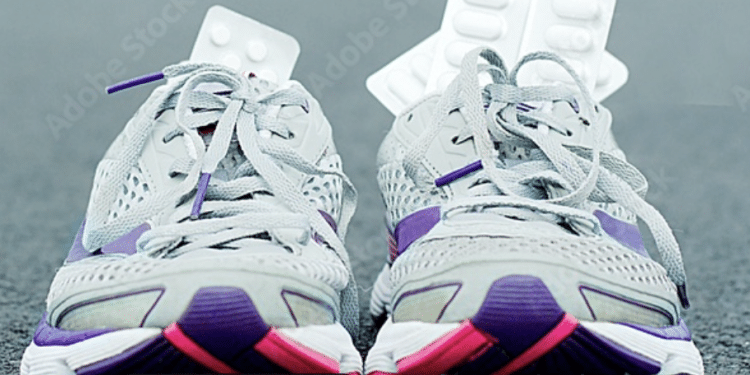Absolutely! Running shoes come with a dizzying array of technical features, marketing buzzwords, and conflicting advice. While advancements in footwear technology aim to enhance performance and prevent injury, certain design elements can be misunderstood or misleading, causing unintended consequences for runners. Let’s break down some of the key concerns.
1. Stack Height Confusion
Stack height refers to the amount of cushioning between your foot and the ground. A higher stack height can offer plush comfort, absorbing impact forces, but it can also create instability. Many runners assume that more cushioning equals better protection, but excessive stack height may reduce ground feel, making it harder for your foot to react naturally. This can increase the risk of missteps, ankle rolls, and inefficient running mechanics.
2. The Myth of Splayed-Out Toes
A wide toe box allows toes to spread naturally, which can help with stability and prevent conditions like bunions or neuromas. However, many standard running shoes have a tapered shape that compresses the toes, leading to foot fatigue and discomfort. Some runners switch to shoes with an exaggerated toe splay but fail to account for other critical factors, such as midfoot support and overall fit. Overemphasizing toe spread while ignoring arch integrity can still lead to foot strain.
3. Zero Drop vs. Bigger Drop: A Divisive Debate
Heel-to-toe drop—or the difference in height between the heel and forefoot—can dramatically influence a runner’s gait. Zero-drop shoes encourage a midfoot or forefoot strike, which some believe reduces impact forces. However, transitioning too quickly from traditional running shoes (which often have a 8–12mm drop) to zero-drop can put excessive strain on the Achilles tendon and calves. Meanwhile, higher-drop shoes may encourage heel striking, which can lead to inefficient force distribution and increased impact on joints.
4. Marketing Misconceptions
Many brands tout features like “energy return” and “stability control” to lure consumers, but these buzzwords don’t always equate to better biomechanics. Some shoes claim to prevent injuries with extra arch support or reinforced heel cups, but the reality is that individual needs vary. A runner with strong feet might benefit from minimalist footwear, whereas another with arch collapse may require structured cushioning. Choosing based on marketing rather than personal biomechanics can lead to discomfort and inefficiency.
5. Risks of Improper Footwear: Plantar Fasciitis
A poorly chosen shoe can contribute to plantar fasciitis, a painful inflammation of the tissue connecting the heel to the toes. Shoes that lack adequate arch support or encourage unnatural foot movements can strain this tissue over time. High-drop shoes may overwork the plantar fascia by forcing excessive dorsiflexion (toes pointing upward), while overly flexible shoes may allow too much foot movement, increasing stress on the area.
6. Joint Pain & Misalignment Issues
Inappropriate footwear choices can also lead to knee, hip, and lower back discomfort. Shoes with excessive cushioning may reduce proprioception—the body’s ability to sense position and movement—causing inefficient stride mechanics. Similarly, overly stiff shoes can limit the foot’s natural movement, leading to increased impact forces on joints. Misalignment at the feet translates upward, affecting posture and leading to chronic pain in the knees and hips.
7. The Transition Problem
Switching to minimalist or zero-drop footwear without proper adaptation can lead to injuries. Many runners make the mistake of abruptly changing their shoe type, rather than easing into it with gradual mileage increases. Lower-drop or less cushioned shoes require the foot muscles and tendons to work harder, which can lead to tendonitis or stress fractures if the transition isn’t handled carefully.
8. The Importance of Individualized Fit
No one shoe is ideal for every runner. Factors like foot shape, running style, mileage, and surface type all play a role. Instead of following trends or marketing claims, runners should prioritize fit, comfort, and biomechanics over flashy features. Testing multiple options, understanding personal stride mechanics, and considering gradual adaptations can help reduce injury risks and improve running efficiency.
Picking the right running shoes isn’t just about performance—it’s about injury prevention and long-term foot health. Hopefully, this gives you a clearer understanding of the factors at play
This informative article will continue as we attempt to uncover all the misleading issues surrounding footwear, check back at Misleading.com
Contributor Seth





